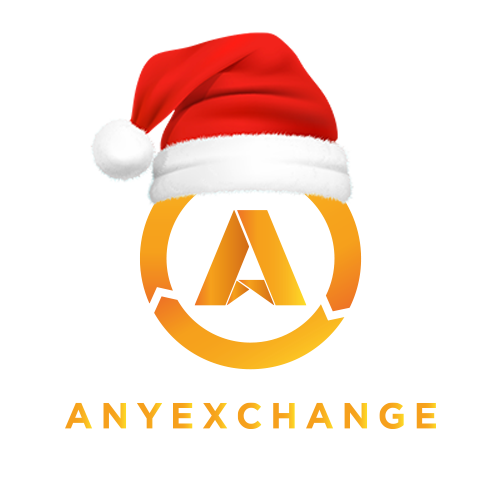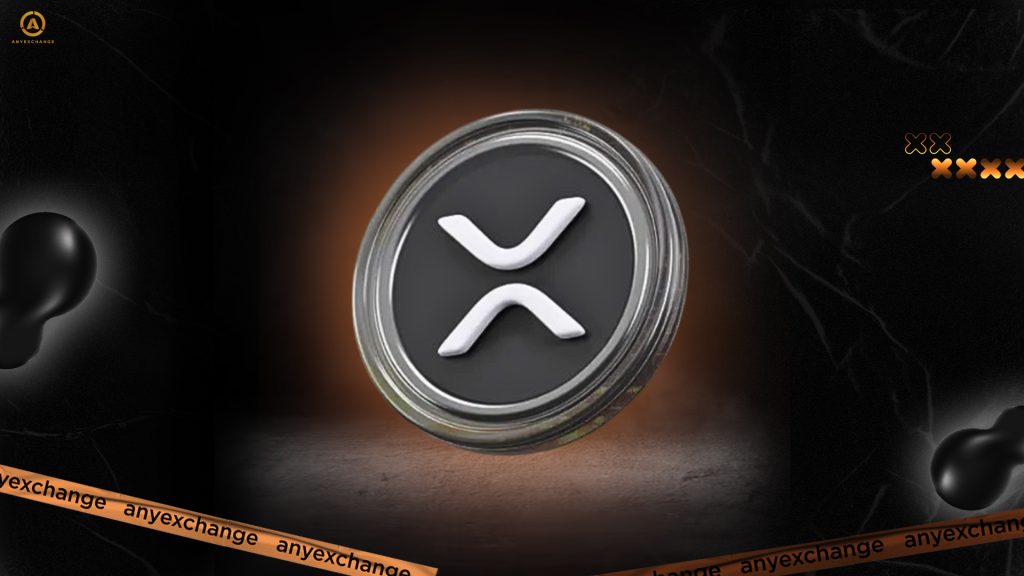
The XRP cryptocurrency remains one of the most discussed projects in the digital asset world, particularly in the context of cross-border payments. Created by Ripple Labs, XRP challenges the usual mechanisms of international payments — primarily the cumbersome SWIFT systеm — by offering fast transfers, low fees, and a stable architecture.
Since its launch over a decade ago, the Ripple blockchain has come a long way. The project has had its ups and downs — the entire crypto industry followed the high-profile legal battle with the SEC that began in 2020 and stretched all the way to 2023. Ripple won a partial victory, which brought XRP back into the spotlight as a promising asset for crypto investment. At that time, its price soared by more than 200%.
Now, amid political changes in the U.S. and the return of Donald Trump, who is believed to favor the crypto industry, interest in the coin is growing. Furthermore, according to several analytical sources, the presidential administration considers XRP one of the core digital currencies in the United States’ strategic reserve strategy.
In other words, XRP is once again claiming the status of a leader in the field of international settlements.
In this article, we will examine how the XRP Ledger is structured, what RippleNet is, and XRP’s prospects for 2025. Is this a real renaissance, or just a temporary spike in interest?
What are XRP and Ripple?
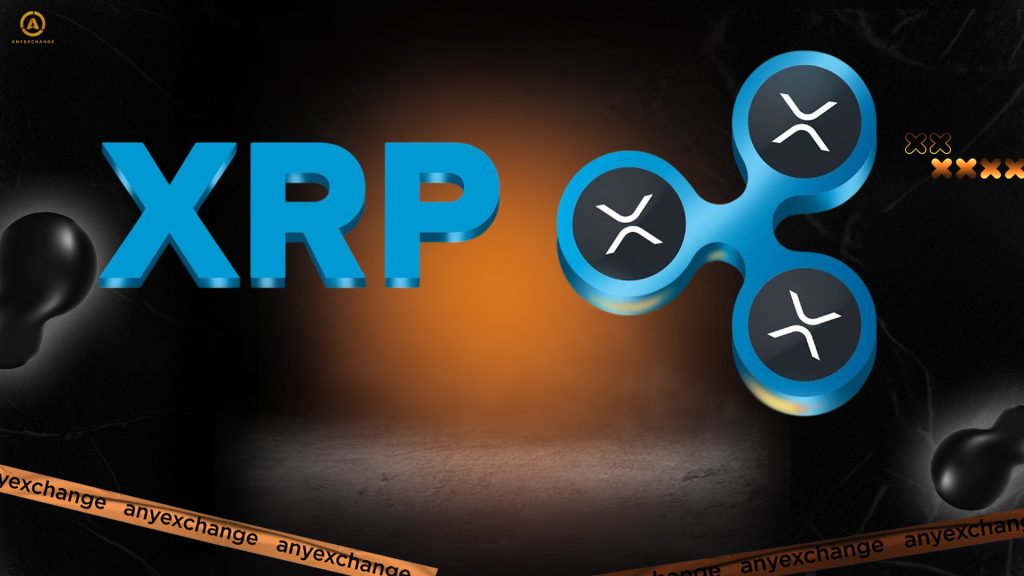
The Ripple project dates back to 2012, when Ripple Labs was founded. The development team initially set an ambitious goal: to transform global banking payments by making them cheap, instant, and transparent. Thus came the XRP Ledger, a decentralized ledger that powers the XRP cryptocurrency — the network’s native token — and a host of applications.
In turn, RippleNet is a development of Ripple, which is a closed financial network for banks and fintech companies. It is designed to simplify and accelerate cross-border payments between financial institutions. XRP Ledger is often confused with the RippleNet network. However, the XRP Ledger is an open blockchain and foundation, while RippleNet is an enterprise product built on that foundation that utilizes its capabilities.
As of May 2025, XRP is the fourth largest digital asset, according to CoinMarketCap, with a market capitalization of approximately $142.7 billion. Currently, Ripple has partnerships with more than 300 financial institutions worldwide.
Technical Features of XRP Ledger
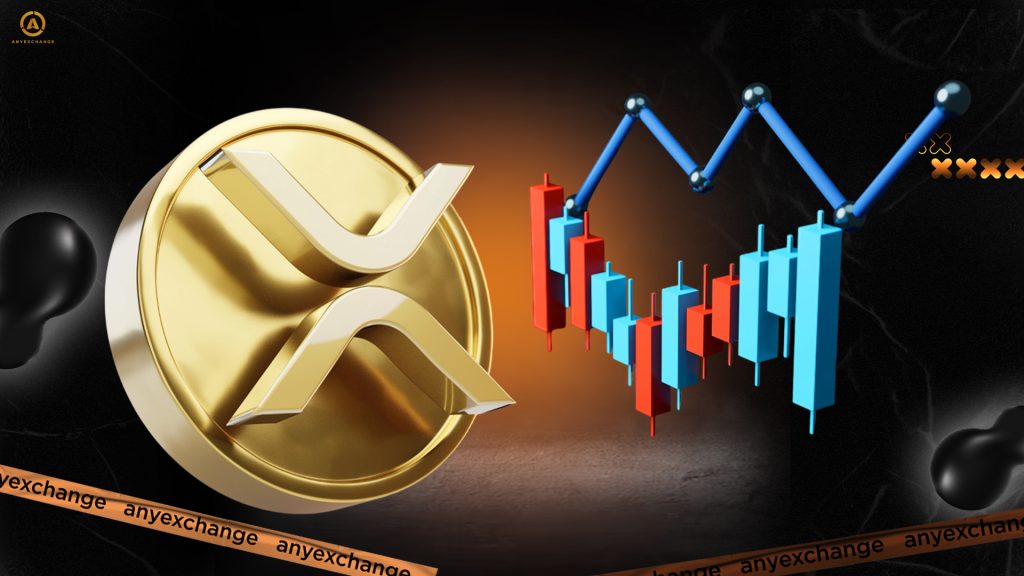
The XRP Ledger differs from most blockchains by using a unique consensus protocol. Rather than using the standard Proof-of-Work (PoW) or Proof-of-Stake (PoS) protocols, the network runs on the Ripple Protocol Consensus Algorithm (RPCA). This algorithm provides high speed, resilience to attacks, and energy efficiency. Nodes reach consensus every three to five seconds, enabling near real-time transfers.
XRP’s performance is impressive, with Ripple Labs’ lab tests demonstrating the potential for up to 50,000 transactions per second (TPS).
The XRP Ledger supports the issuance of its own tokens and works with decentralized exchanges (DEX). It can also integrate smart contracts via the experimental Hooks add-on, which adds logical scenarios without compromising network speed or reliability.
Unlike blockchains with PoW, the XRP Ledger is carbon neutral and requires minimal energy resources. Ripple actively participates in climate agreements and initiatives to reduce its carbon footprint.
RippleNet and cross-border payments
The centerpiece of the Ripple ecosystem is RippleNet, a global infrastructure designed to modernize legacy banking systems and facilitate financial transactions. RippleNet connects hundreds of banks, fintech companies, and payment operators worldwide, offering faster, more transparent, and less expensive international payments. Unlike the SWIFT systеm, which requires multiple intermediaries and pre-funding, RippleNet uses an innovative product called On-Demand Liquidity (ODL). ODL enables the instant transfer of cryptocurrency using XRP to connect two fiat currencies. This eliminates the need to hold liquidity in foreign accounts, freeing up working capital for companies and financial institutions.
Major players such as Santander, Bank of America, Standard Chartered, SBI Holdings, PNC, and Tranglo have integrated with RippleNet. Consequently, Ripple serves dozens of banks in Southeast Asia, Latin America, and Australia, offering a more accessible and transparent platform for bank payments than traditional channels.
The platform is also heavily used in fintech innovation and provides APIs for integration with financial services, exchange platforms, and liquidity providers. For instance, Tranglo, a Singapore-based company and one of Ripple’s key partners, supports cross-border payment processing in over 25 countries. Japan’s SBI Remit uses RippleNet for transfers to Thailand, the Philippines, and Vietnam. This provides migrants and small businesses with fast, low-fee transfers. Meanwhile, South Korea’s fintech startup, Sentbe, has successfully deployed Ripple solutions to reduce transfer costs to Southeast Asia. Due to its high scalability, RippleNet can serve large banks and agile digital platforms, processing tens of thousands of transactions daily.
According to Ripple, using RippleNet can reduce cross-border payment costs by 60-70% while increasing transaction speeds from days to seconds.
Thus, a strong technology base, an active network of partners and a focus on real-world cases make Ripple one of the most promising solutions for the future of international payments.
XRP Ecosystem: Applications and Partnerships
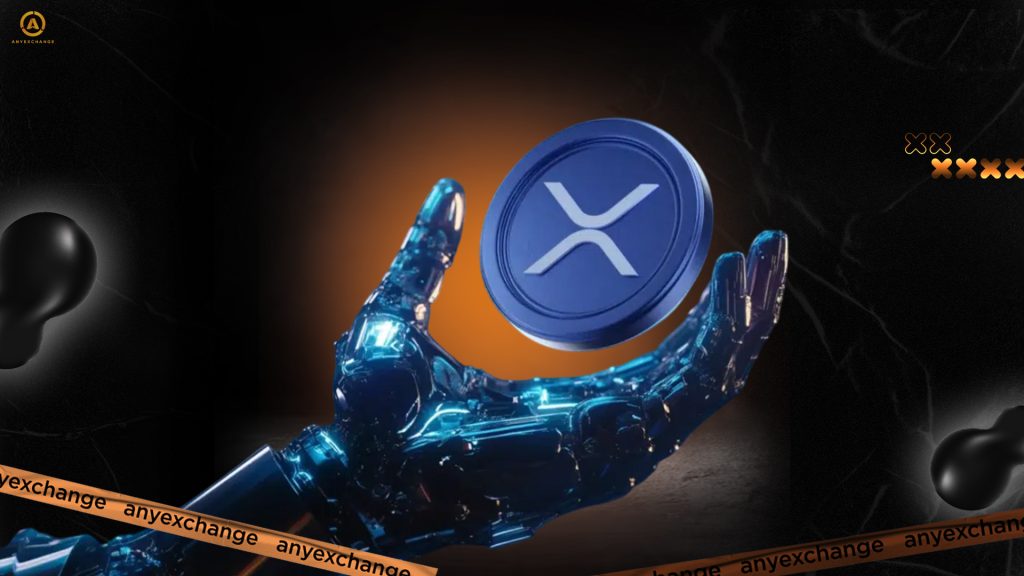
The XRP ecosystem has broad, multi-level applicability in financial and technological spheres.
- The main area of development is cross-border payments, in which XRP serves as an intermediary asset to provide liquidity.
- XRP also demonstrates high applicability for micropayments in the digital content and gaming industries, where instant, low-cost monetization is important.
- A notable trend is the tokenization of XRP Ledger-based assets, which enables the issuance of digital representations of fiat currencies, real estate, and financial instruments.
- Another clear trend is the integration of DeFi through projects like Flare Network, which makes XRP compatible.
- Ripple is actively involved in the field of central bank digital currencies (CBDCs); blockchain technology is being tested in pilot projects with regulators. One example is a collaboration with the Central Bank of Bhutan to test the issuance of an XRP Ledger–based digital ngultrum. A similar pilot is underway with the Republic of Palau, where the government is considering introducing the Palau Stablecoin (PSC).
- Ripple is also demonstrating its ability to integrate with enterprise platforms. For instance, the XRP Ledger integrates with the R3 Corda blockchain solution, which is used for corporate settlements and expands Ripple’s reach among institutional clients.
Benefits of XRP for the financial industry
- Unlike traditional bank payments via SWIFT, which can take two to five days, XRP Ledger–based financial transactions settle in an average of three to five seconds.
- One of the main advantages is the low transaction cost, which averages around $0.0002 — many times lower than traditional systems such as SWIFT, where fees reach $1-$2 or more.
- The court did not recognize XRP as a security; now, it is considered a digital asset or commodity in secondary circulation. In other words, XRP is now on par with Bitcoin and Ethereum, which are not subject to securities regulation. This strengthened the legal status of cryptocurrency, increasing the confidence of institutional investors and exchanges. Furthermore, the launch of XRP ETFs in the U.S. is on the agenda, which could expose XRP to new financial markets.
Challenges and Risks of XRP
- Regulation: In the US, new standards for digital assets are emerging, and MiCA regulations requiring transparency and licensing have come into force in the EU. Despite the court victory, Ripple still faces regulatory risks. Adoption of XRP remains limited in several countries as some banks and payment providers are holding off on integration, awaiting final legal clarity.
- High competition: It consists of both traditional players and crypto projects. The SWIFT GPI systеm has improved the speed of international transfers. Stellar (XLM), which was created by a Ripple co-founder, offers similar technology on an open blockchain. Banking corporations, such as JPMorgan, are developing their own solutions, including JPM Coin, which is focused on large-bank payments.
- Centralization: Although the XRP Ledger is decentralized, Ripple Labs controls approximately 55% of the tokens in escrow. This has raised doubts within the crypto community about the company’s influence over XRP’s exchange rate, issuance, and security.
XRP Revival and Prospects in 2025
After facing prolonged pressure from regulators, the cryptocurrency has entered a steady revival phase. Following Ripple Labs’ victory over the SEC, the company’s position has strengthened significantly. An application for an XRP ETF has been filed and is awaiting SEC approval, which has fueled interest from private and institutional investors.
The growing use of On-Demand Liquidity and the expansion of the RippleNet network in 2024, especially in Southeast Asia and Africa, point to a high adaptation of the technology in global international settlement. Meanwhile, new developments are emerging within the ecosystem. The XRP Ledger blockchain is being used more frequently in CBDC pilot projects. Additionally, the Hooks mechanism provides support for smart contracts, opening the door for Web3 and fintech innovations, including asset tokenization, decentralized finance, and NFT creation.
Analysts predict that, with growing institutional demand, tech updates, and expanding geographic partnerships, XRP’s position among the top five cryptocurrencies by market capitalization will strengthen.
Conclusion
XRP and Ripple have made an impressive comeback in the global financial transaction arena, particularly amid the growing demand for cross-border payments. Today, the Ripple ecosystem is reaching a new level of maturity and technological readiness. With its high speed, low fees, and active partnerships with leading banks and startups, XRP is successfully competing with legacy systems like SWIFT. Investors and enthusiasts should closely monitor the coin’s dynamics in 2025, particularly in light of the potential XRP ETF launch and RippleNet’s global expansion.
Thank you for your attention to our article. Invest safely and profitably!
AnyExchange is an exchanger through which you can convert digital assets at the most favorable exchange rate. The platform also offers fast, secure money transfers worldwide.
FAQ
What is XRP?
XRP is a digital asset created by Ripple. It is used for high-speed, low-cost cross-border payments.
How does Ripple use XRP?
Ripple uses XRP on its RippleNet network via its On-Demand Liquidity (ODL) product. This allows banks and fintech companies to perform instant financial transactions without having to put funds into escrow upfront.
Why is XRP faster than SWIFT?
Unlike SWIFT, which takes two to five days for bank payments, XRP provides fast transfers in three to five seconds. This is made possible by a unique consensus algorithm (RPCA) and the absence of intermediaries.
What risks are associated with investing in XRP?
Risks inсlude regulatory uncertainty and competition from Stellar, JPM Coin, and SWIFT GPI. Additionally, some in the community have expressed concern about centralization due to 55% of the tokens being stored in Ripple escrow accounts.
What are XRP’s prospects in 2025?
The outlook is positive: victory over the SEC, increased use of ODLs, pilot projects with central banks and the possible launch of ETFs. XRP is also exploring DeFi, smart contracts, and asset tokenization, thereby expanding its influence in fintech innovation.
